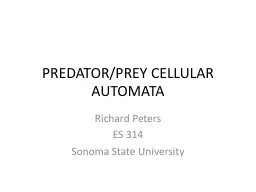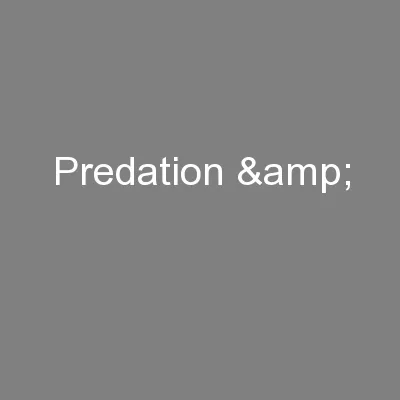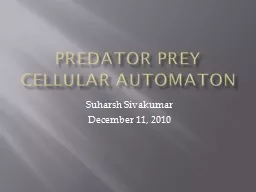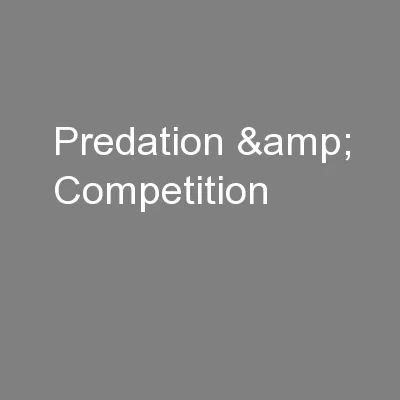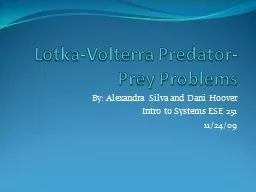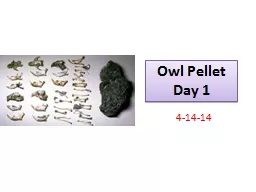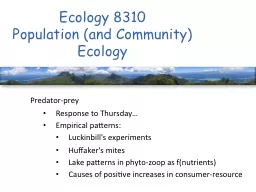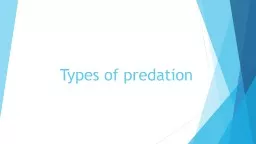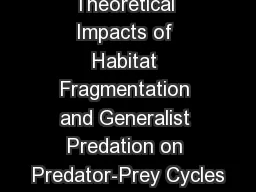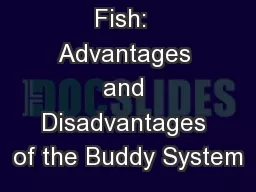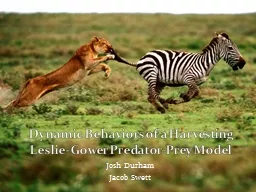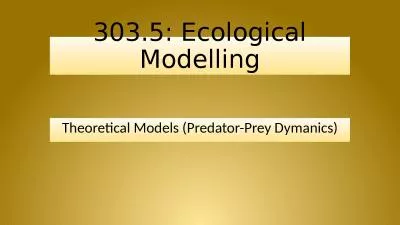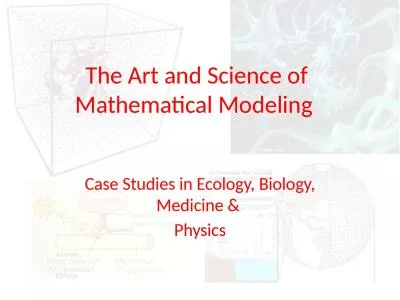PPT-PREDATOR/PREY CELLULAR AUTOMATA
Author : lois-ondreau | Published Date : 2016-06-21
Richard Peters ES 314 Sonoma State University Cellular Automata A cellular automaton is a collection of colored cells on a grid of specified shape that evolves through
Presentation Embed Code
Download Presentation
Download Presentation The PPT/PDF document "PREDATOR/PREY CELLULAR AUTOMATA" is the property of its rightful owner. Permission is granted to download and print the materials on this website for personal, non-commercial use only, and to display it on your personal computer provided you do not modify the materials and that you retain all copyright notices contained in the materials. By downloading content from our website, you accept the terms of this agreement.
PREDATOR/PREY CELLULAR AUTOMATA: Transcript
Download Rules Of Document
"PREDATOR/PREY CELLULAR AUTOMATA"The content belongs to its owner. You may download and print it for personal use, without modification, and keep all copyright notices. By downloading, you agree to these terms.
Related Documents

